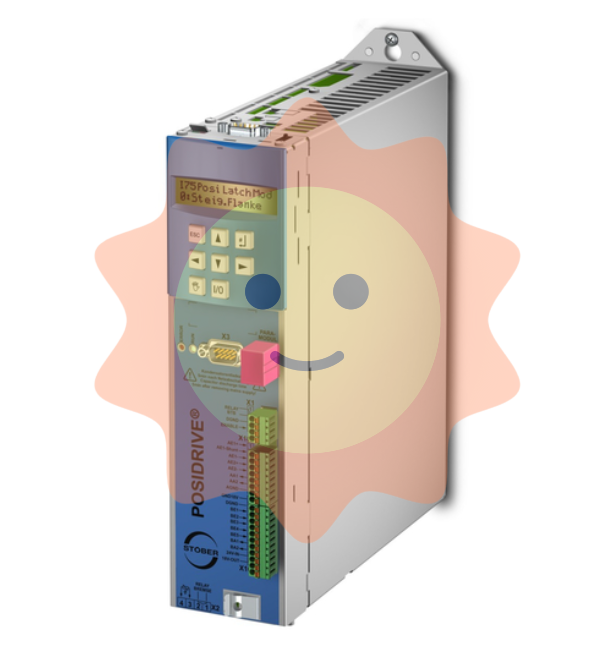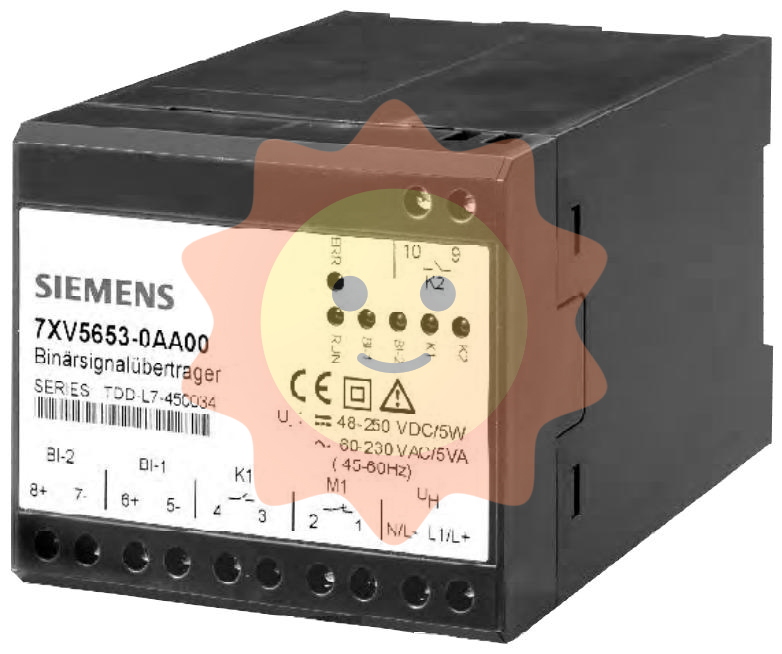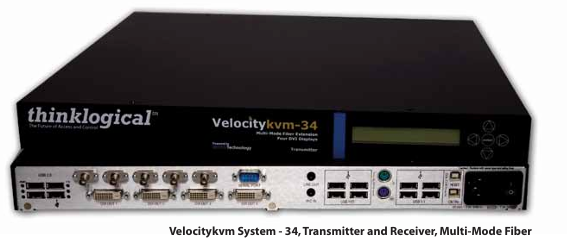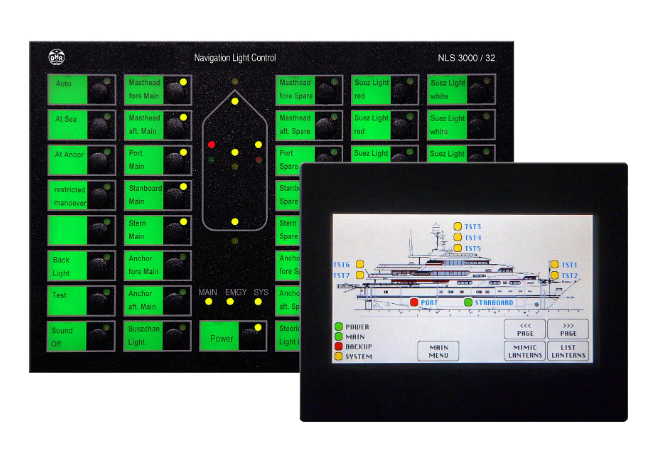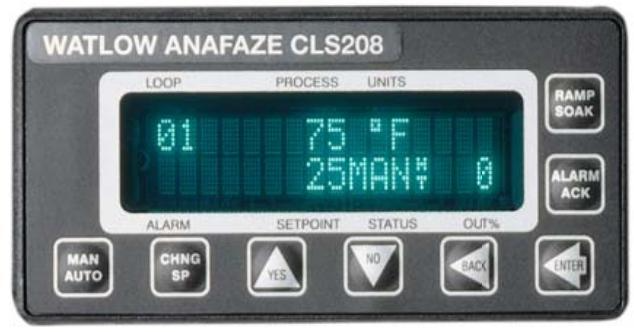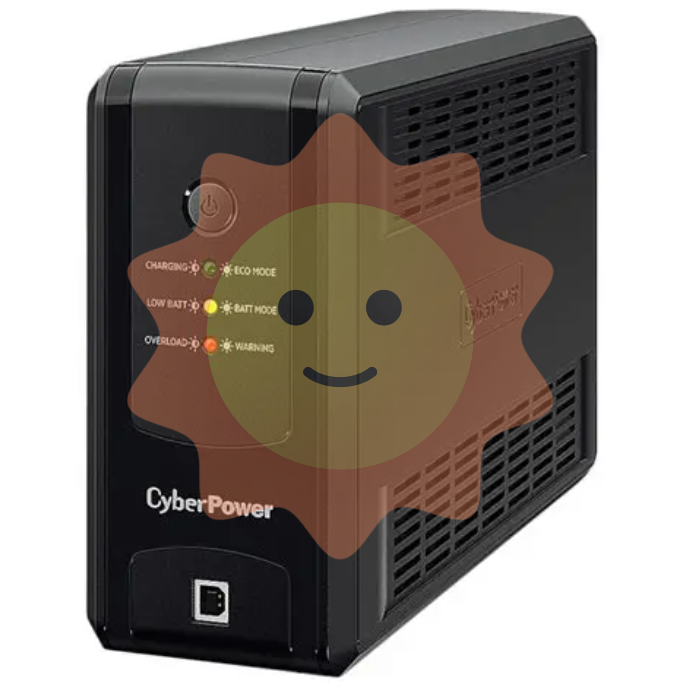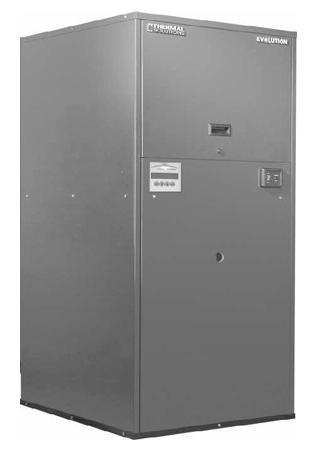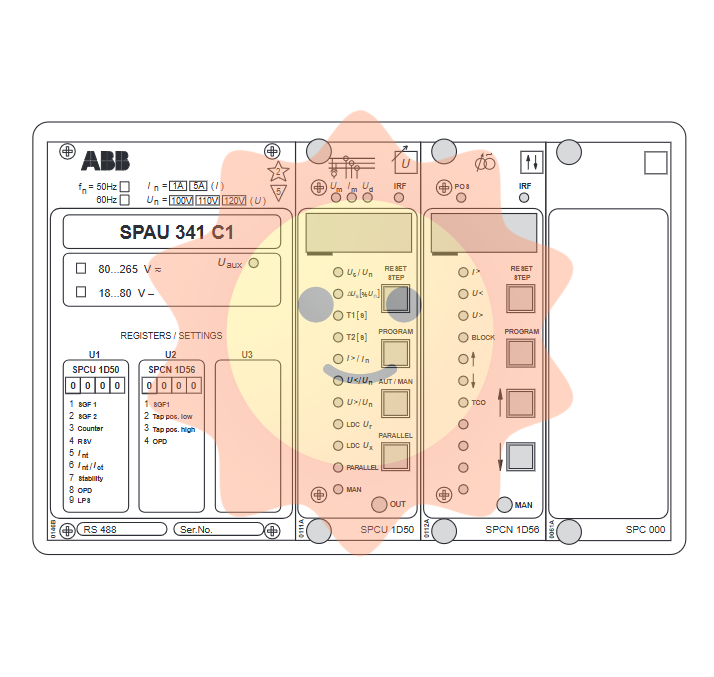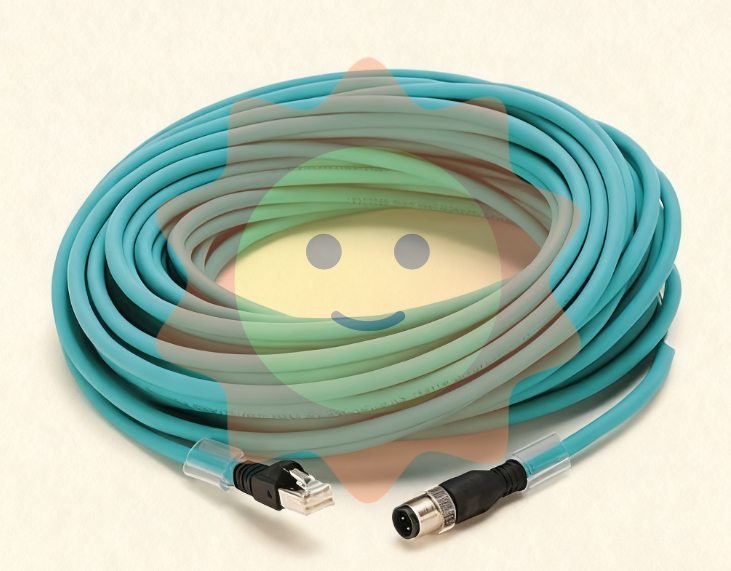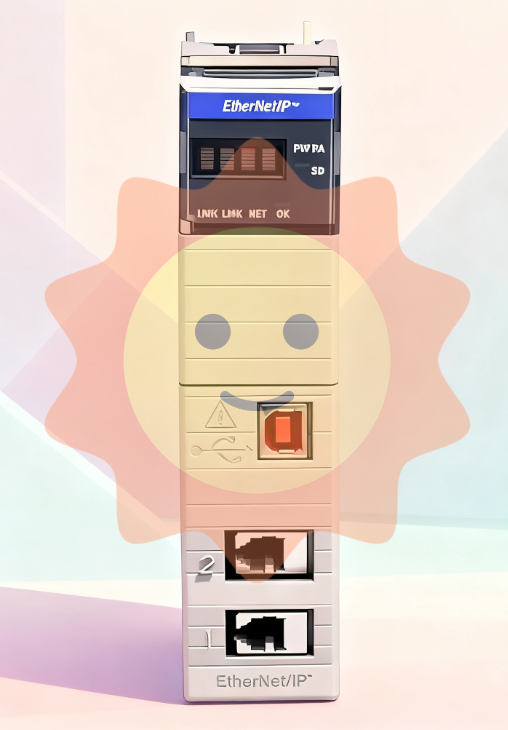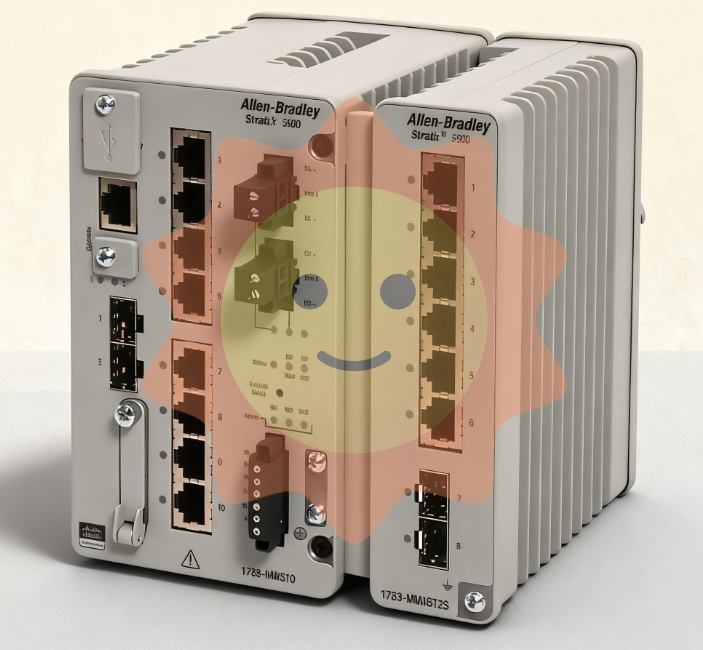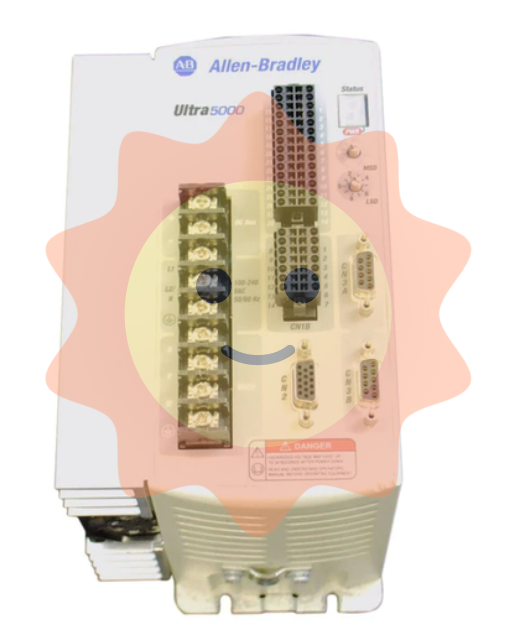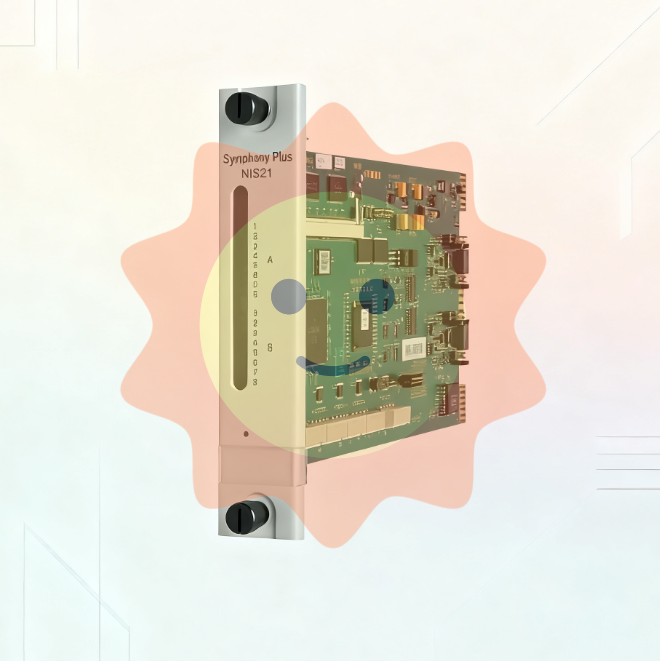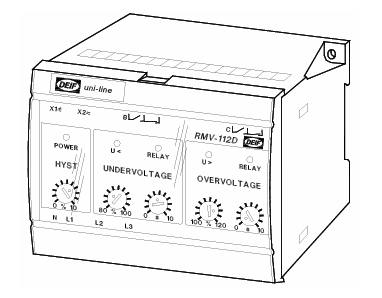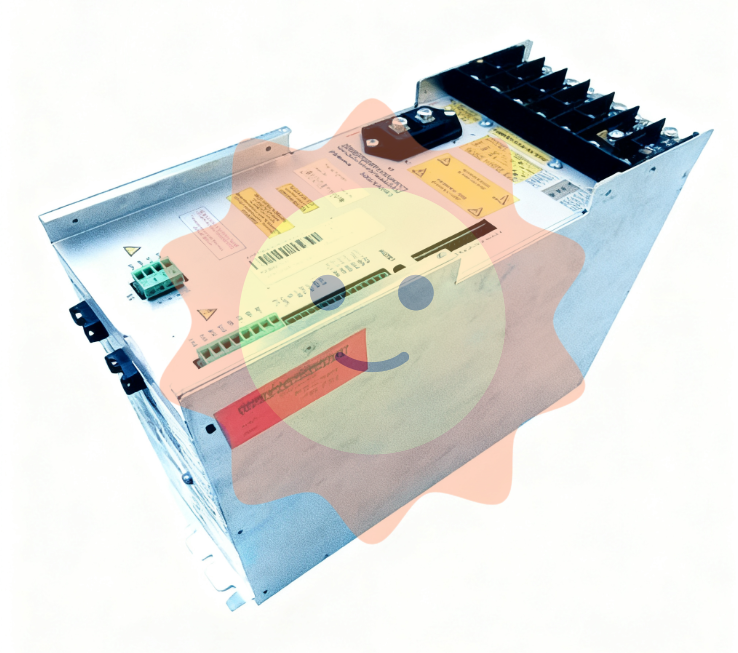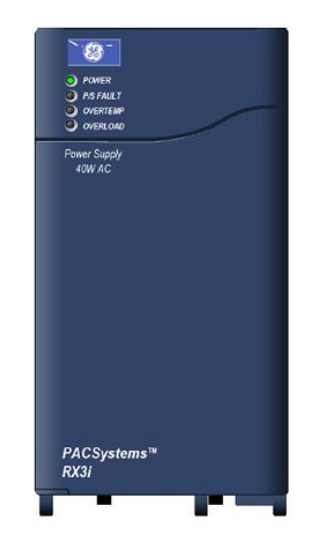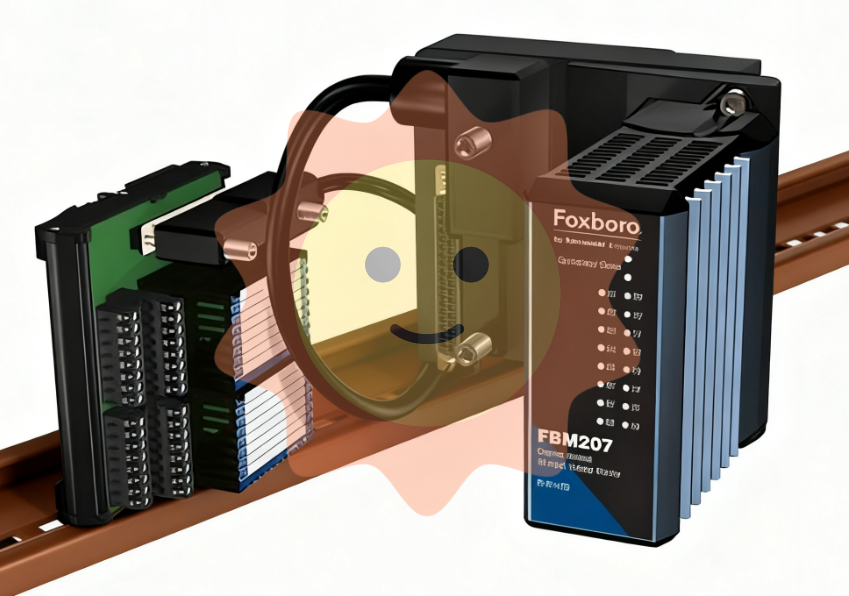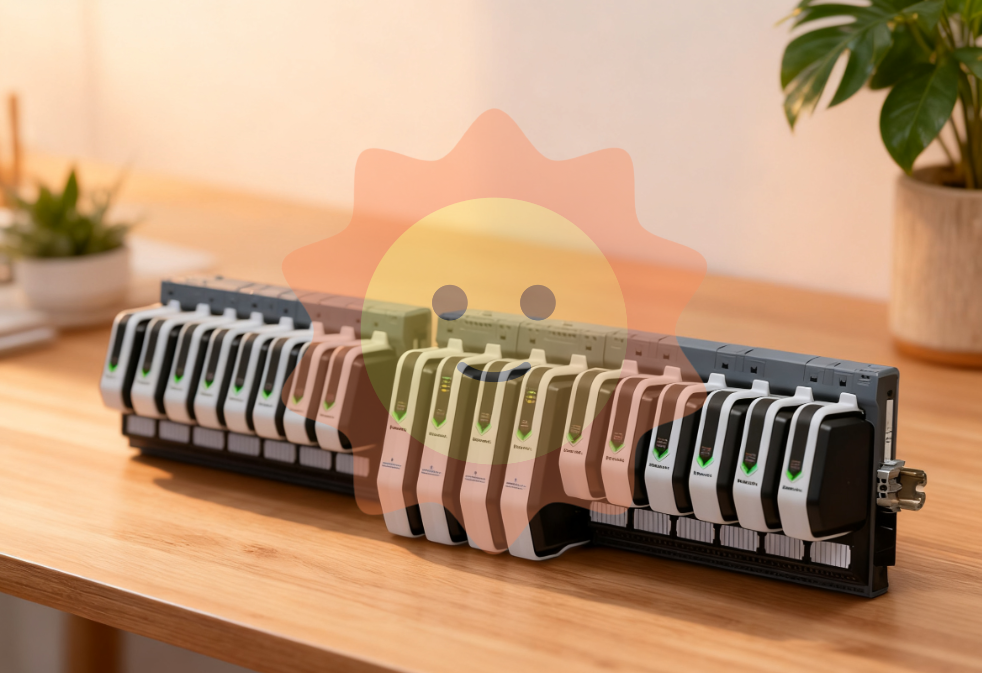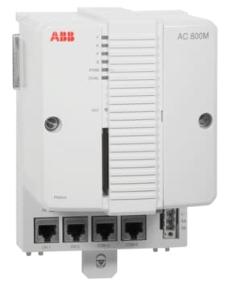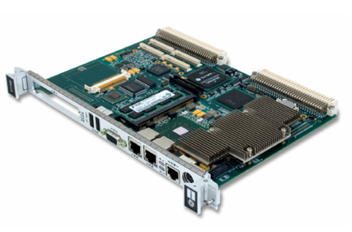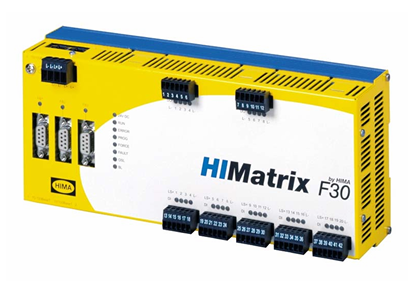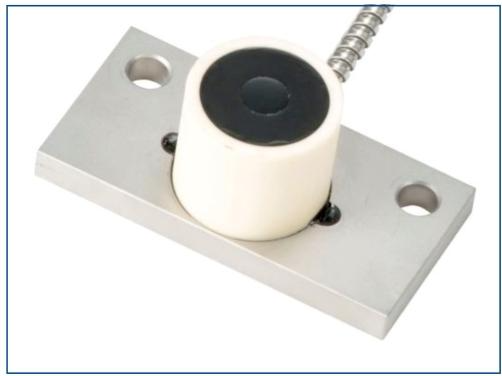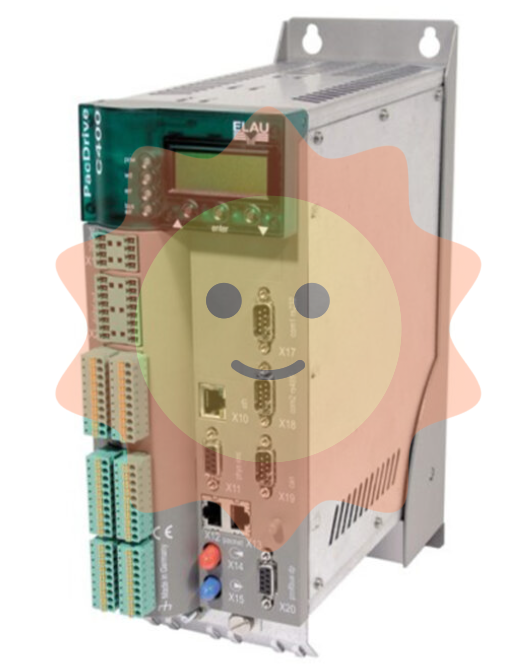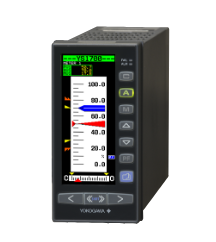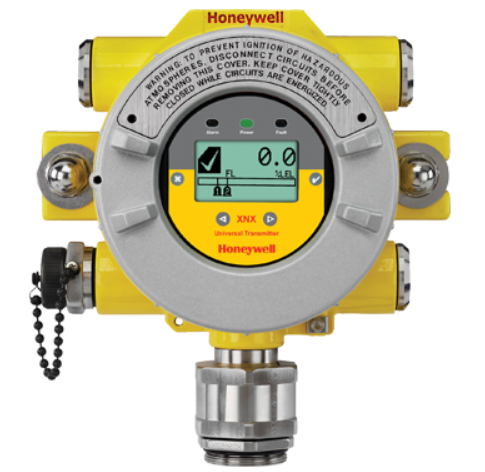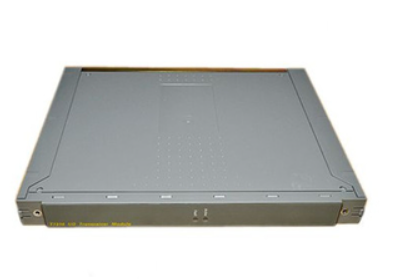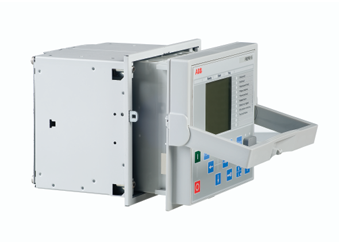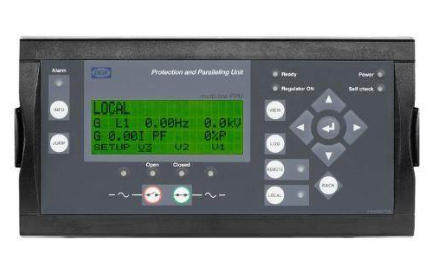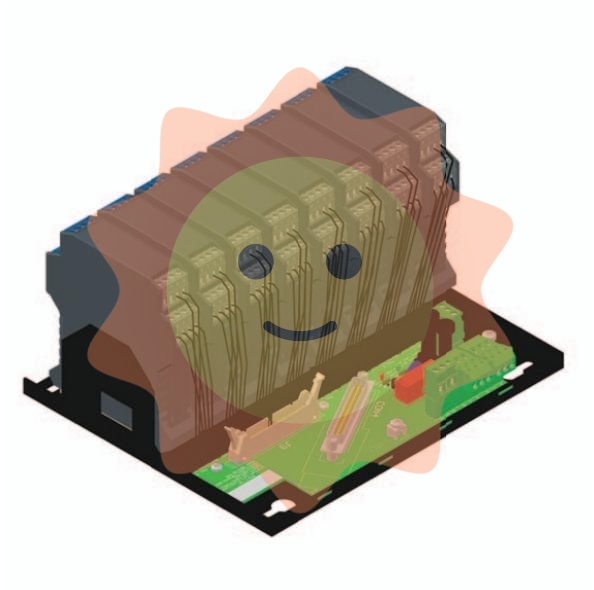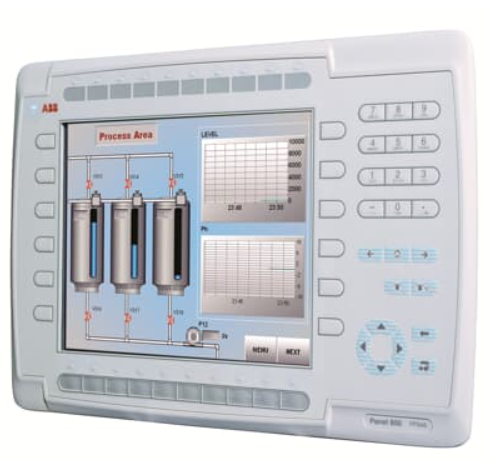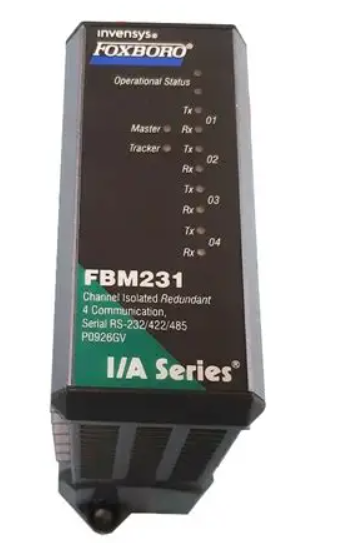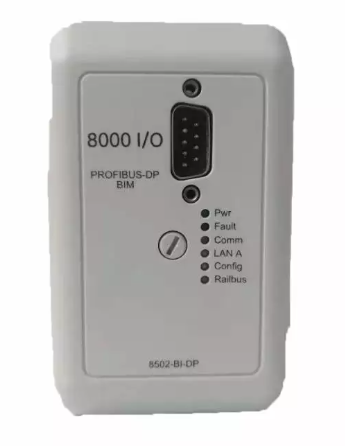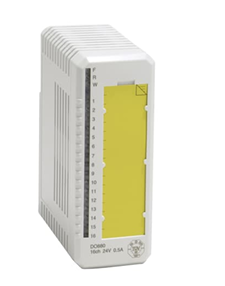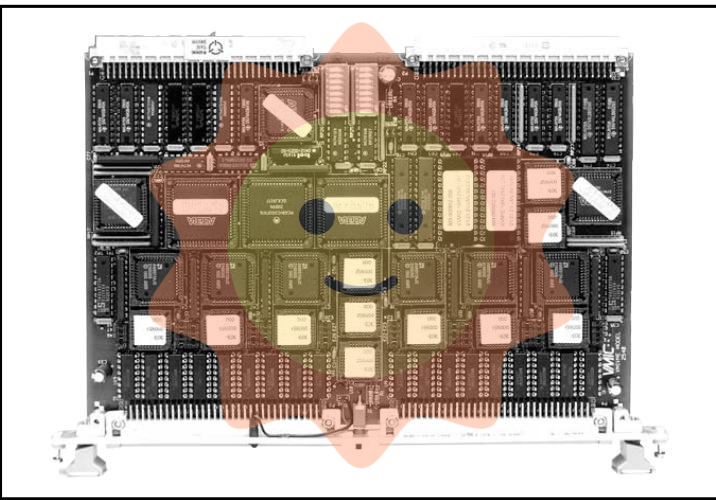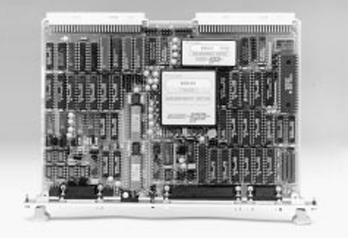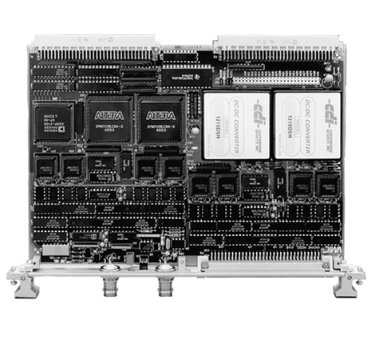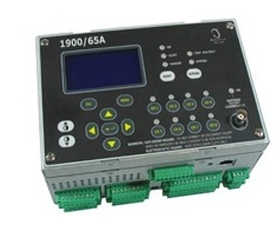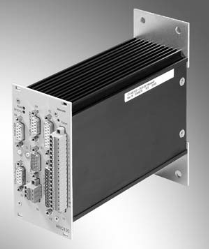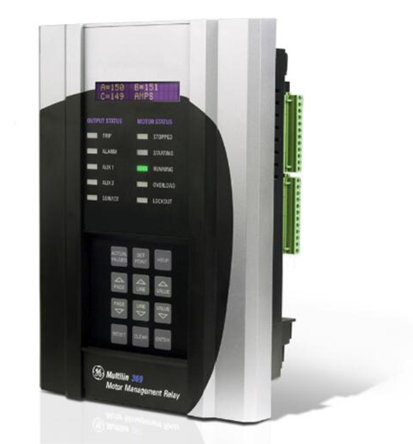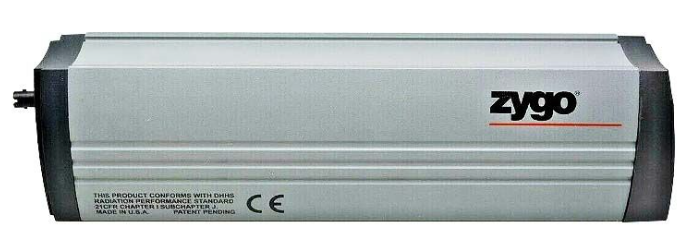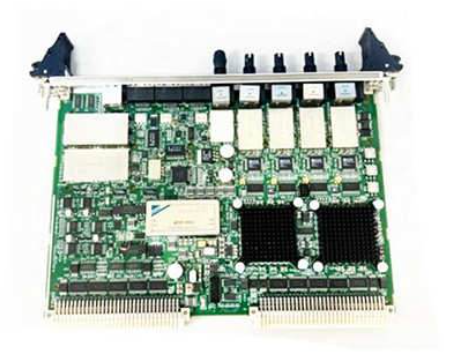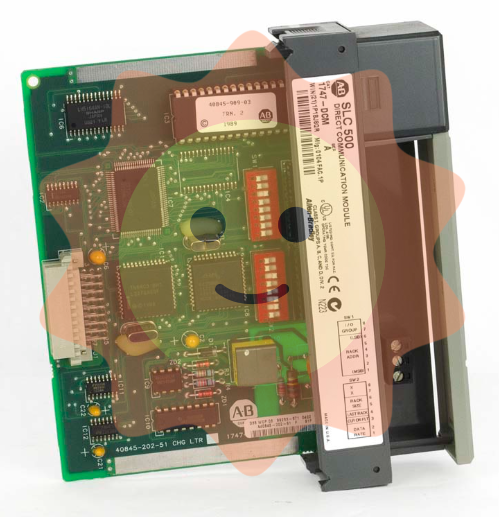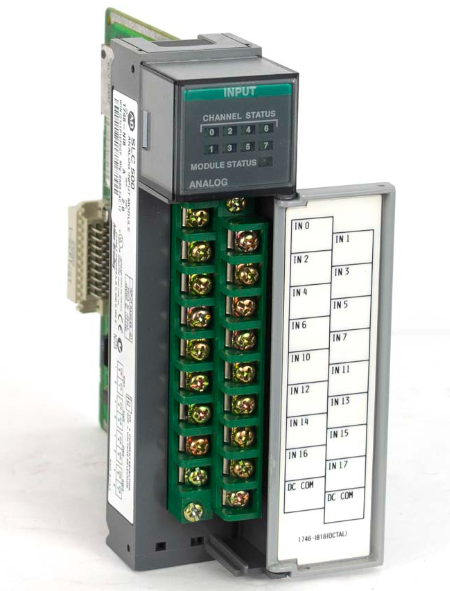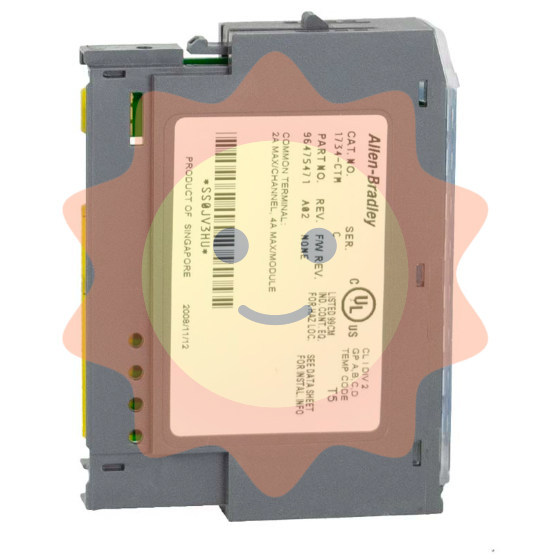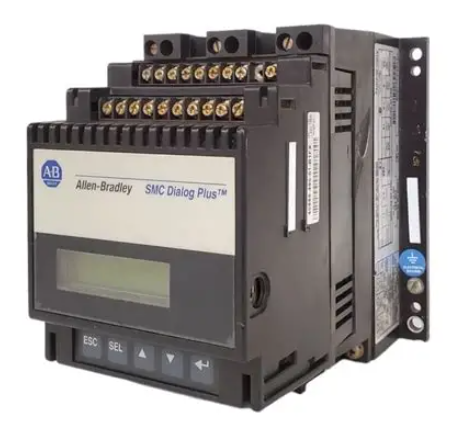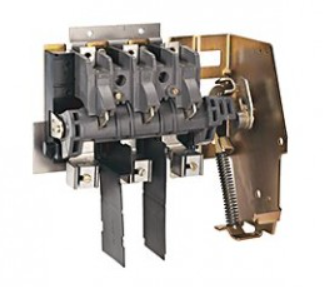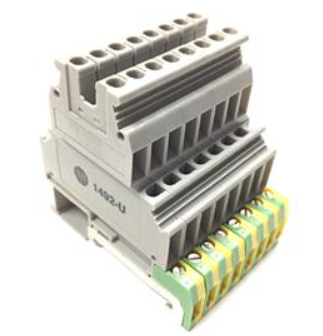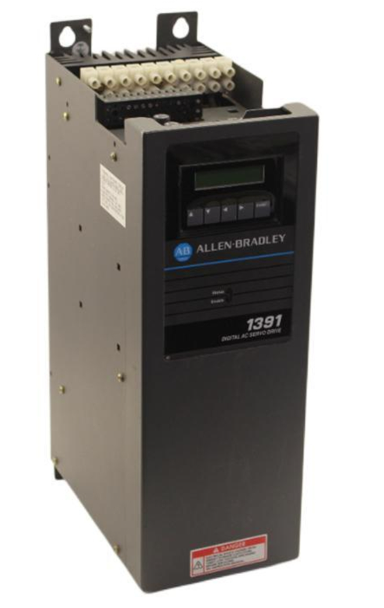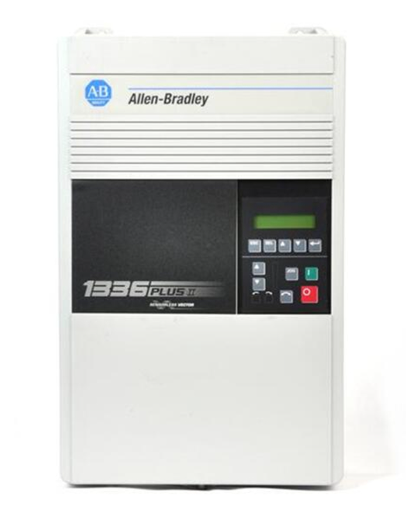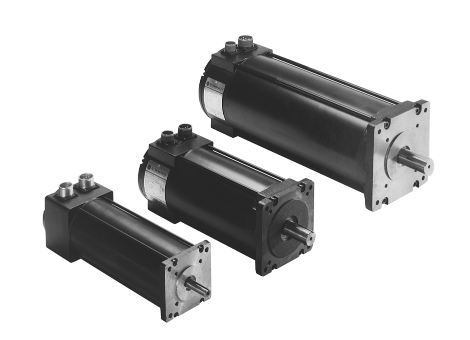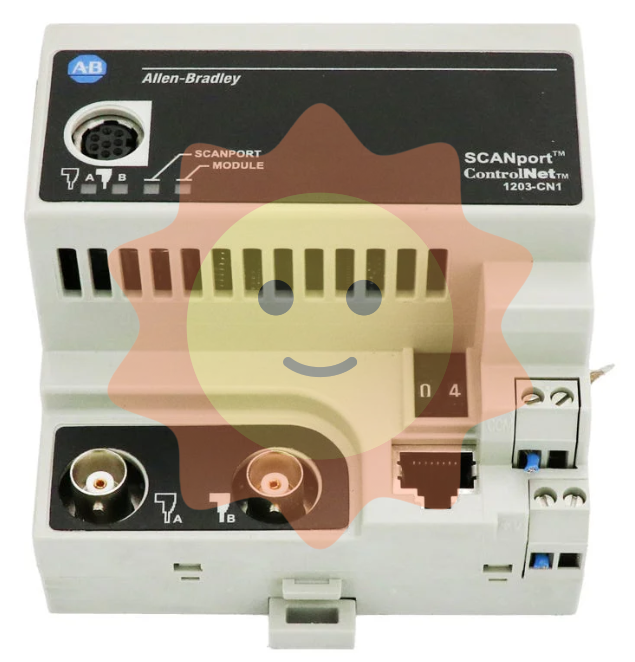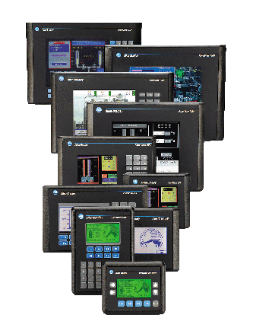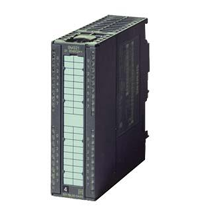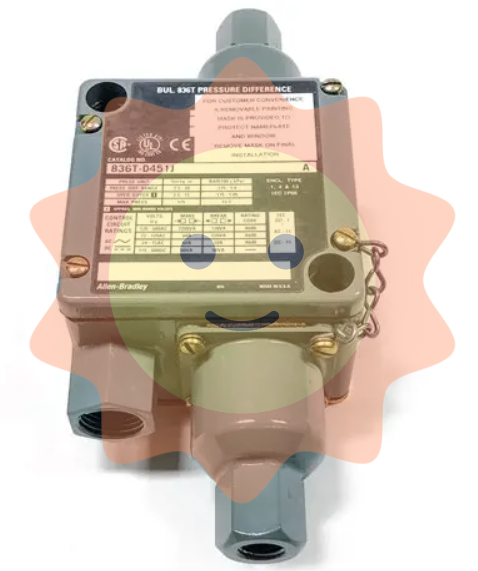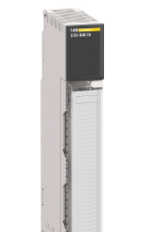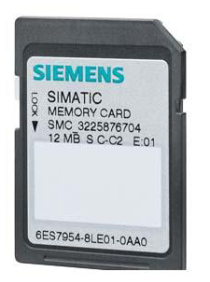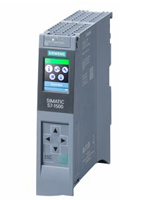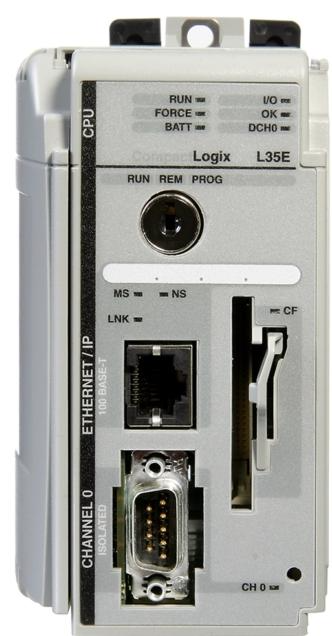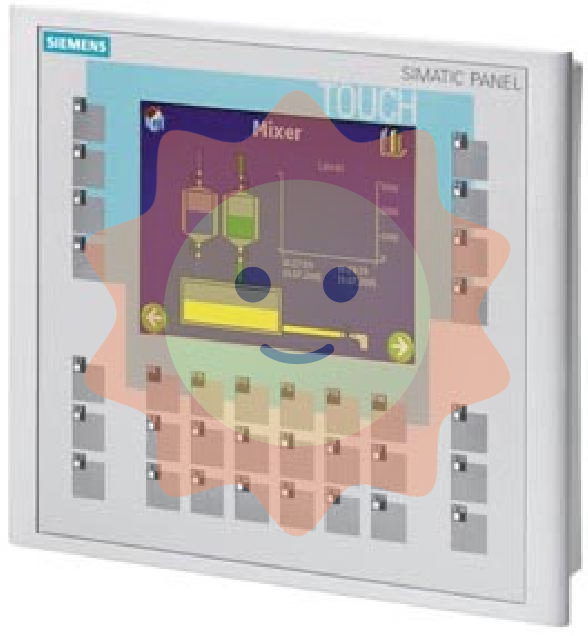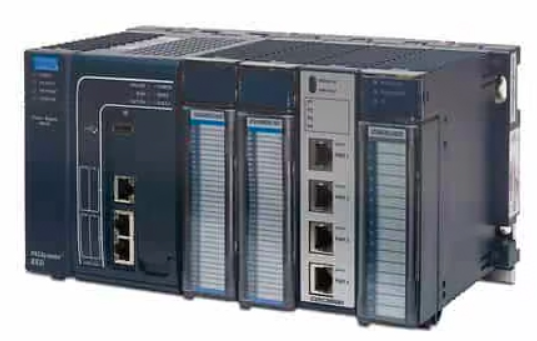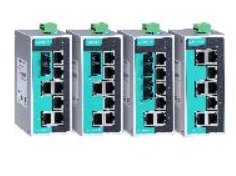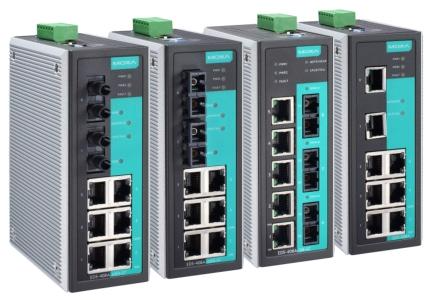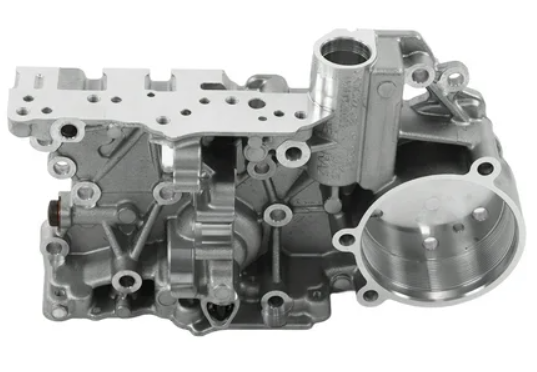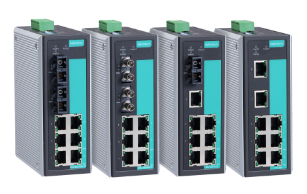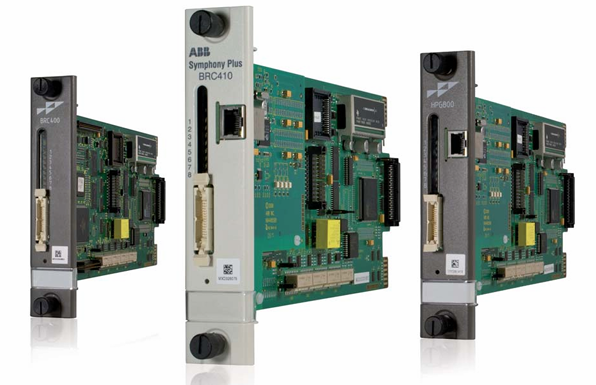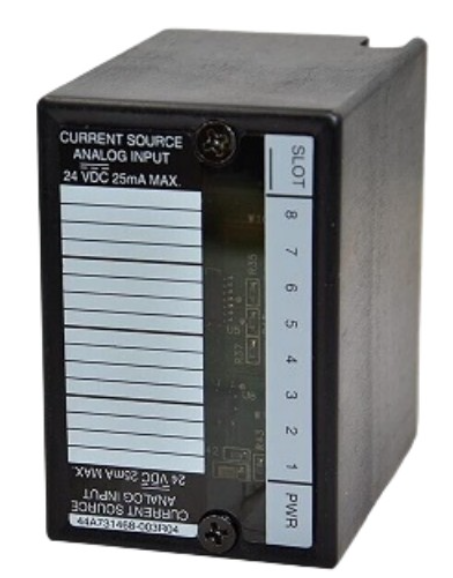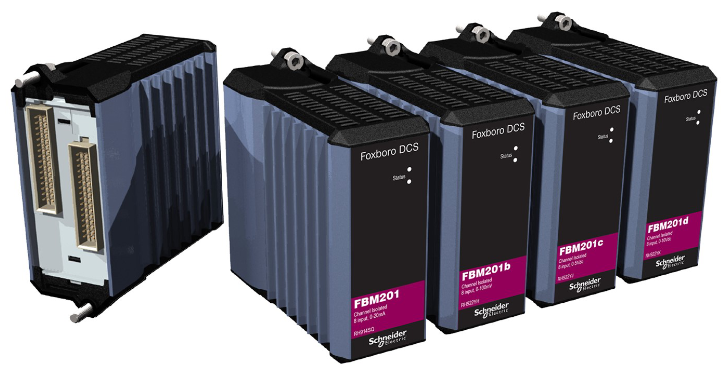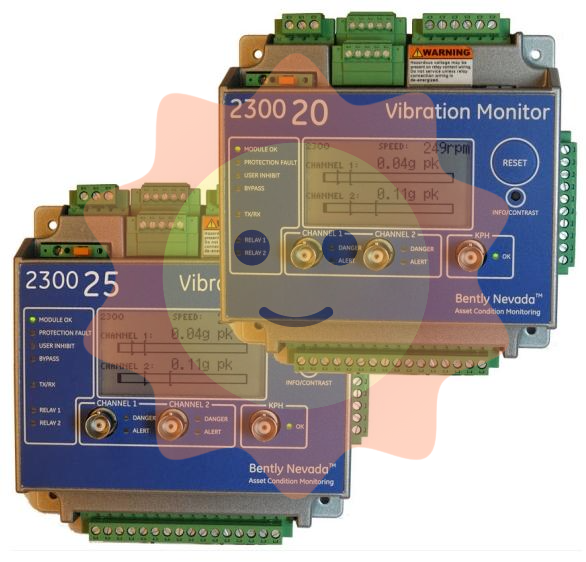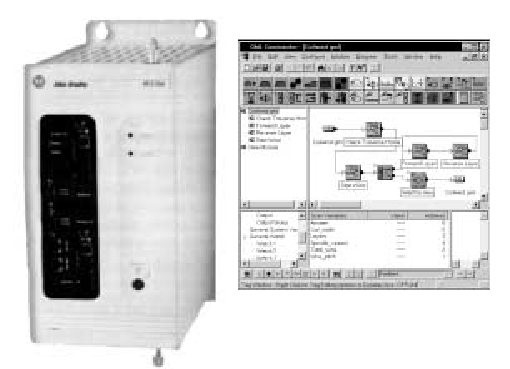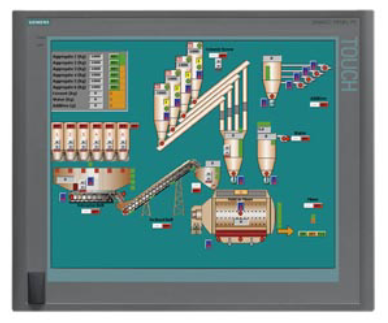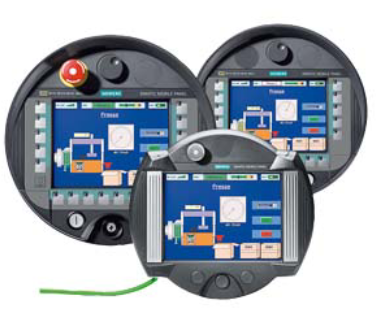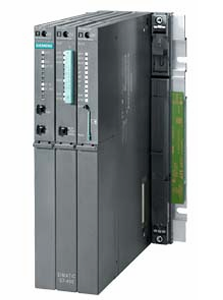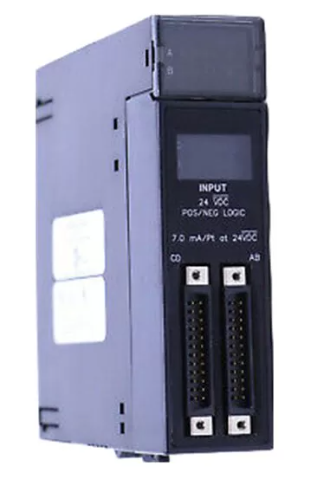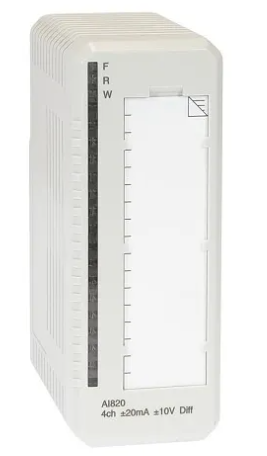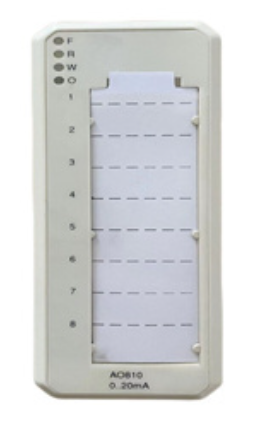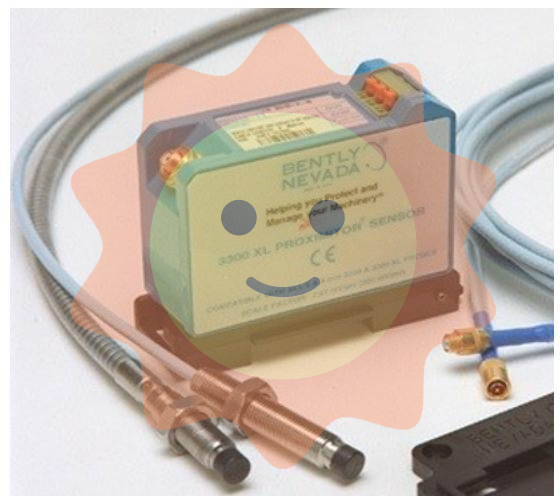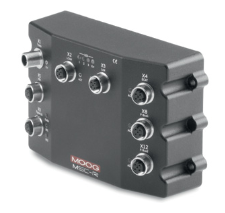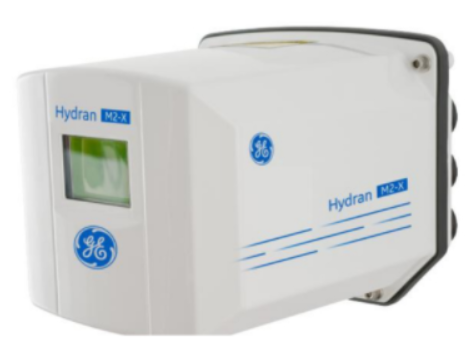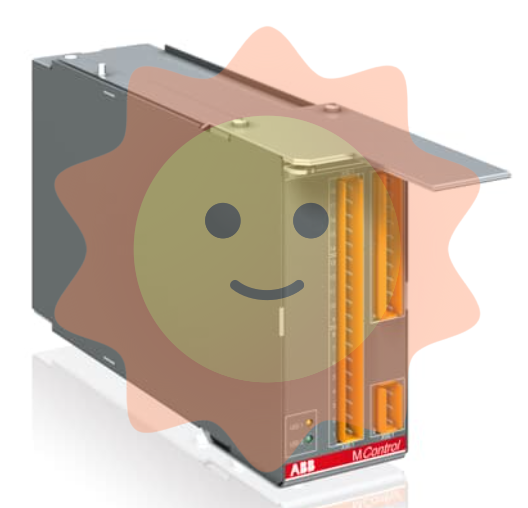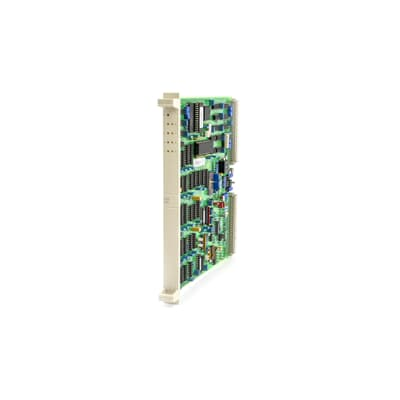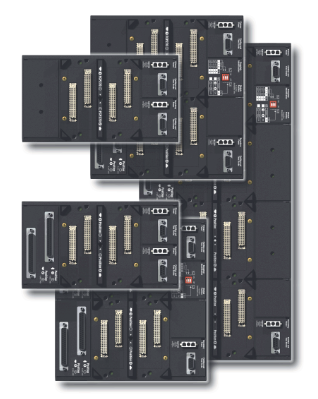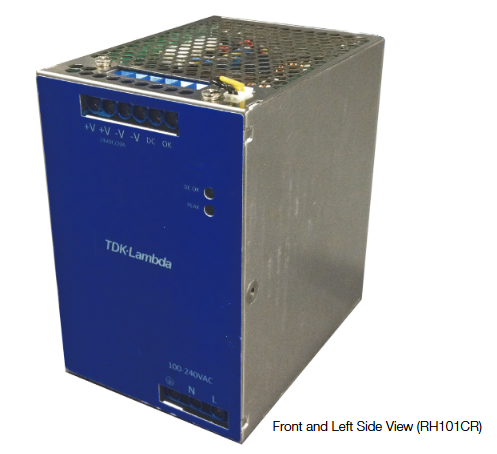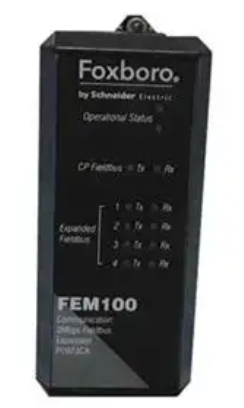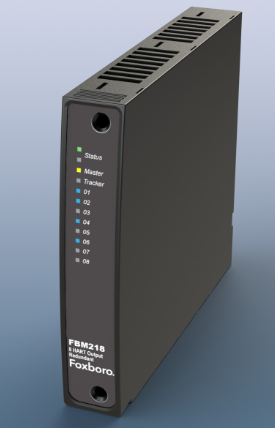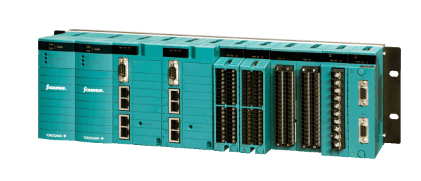ABB NICL01 Communication Link Termination
Basic introduction
The ABB NICL01 Communication Link Termination is a key component in ABB's automation and control systems, primarily used for communication link termination and signal processing. It plays a vital role in ensuring the stability and reliability of the communication network and the accurate transmission of data.
Functional features
Communication link termination function
This module can effectively terminate the communication link and reduce signal reflection and interference. In a communication network, when a signal reaches the end of a link, without proper termination, the signal may be reflected back, resulting in signal distortion and communication errors. the NICL01 module absorbs signal energy and avoids reflections by providing the correct termination impedance matching, just like a proper buffer at the end of a highway, allowing vehicles (signals) to come to a smooth stop instead of generating collisions (reflections).
For example, in an industrial Ethernet communication network, the NICL01 module is installed at the end of the communication link to ensure the proper transmission of network signals, improve the stability and reliability of the network, and reduce packet loss and error rate.
Signal Conversion and Processing Function
It can perform signal conversion and processing. It can handle many types of communication signals, such as the conversion between digital and analog signals. In some industrial automation scenarios, field devices may send analog signals while the control system needs digital signals for processing, the NICL01 module can convert analog signals to digital signals and vice versa.
At the same time, it can also filter and amplify the signal. For example, when a weak signal is received, the module can amplify it and remove noise interference through filtering to make the signal clearer and more accurate for subsequent transmission and processing.
Communication protocol support function
Supports a variety of communication protocols, which makes it possible to communicate with different devices and systems. Common industrial communication protocols such as Profibus - DP, Modbus, Ethernet/IP, etc. may be supported by this module. By supporting these protocols, the NICL01 module can be easily integrated into a variety of industrial automation control systems and interconnected with equipment from different manufacturers.
In a complex automation factory, there may be many brands and types of equipment, NICL01 module with its wide range of protocol support, can connect these devices together to build a complete communication network, to achieve data sharing and cooperative work.
Technical Parameters
Electrical Parameters
Power supply voltage: Generally around 24V DC, this voltage range provides stable power supply for the internal circuits of the module to ensure its normal operation. In industrial environments, a stable power supply is critical, as power fluctuations may cause signal transmission errors or module failure.
Power Consumption: Power consumption is relatively low, usually within a few watts, which helps to realize energy saving in industrial sites, and also avoids heating problems caused by the module's own high power consumption, which improves the module's service life.
Signal Parameters
Analog Input and Output Ranges: If analog signal processing is involved, the input and output ranges may include common industrial analog signal ranges such as 0-10V voltage signals, 4-20mA current signals, and so on. The module can accurately convert and process these signals with a resolution and accuracy that meets the requirements of industrial control.
Digital Signal Characteristics: For digital signals, it is possible to receive and transmit signals conforming to common industry standards such as TTL (Transistor-Transistor Logic) levels or CMOS (Complementary Metal-Oxide-Semiconductor) levels. The transmission rate of digital signals can be adjusted according to the supported communication protocols, and generally higher rates can be achieved to meet the needs of industrial communications with high real-time requirements.
Communication Parameters
Communication protocol support details: For different communication protocols, there are different parameters supported. For example, under Profibus - DP protocol, the communication rate can reach about 12Mbps; for Ethernet/IP protocol, the communication rate can reach 10/100Mbps or even higher. The modules are able to correctly process the various data frame formats, command words and status words specified by the protocols, ensuring accurate and reliable communication.
Physical Characteristics
Size and Mounting
The compact size of the module is designed for easy installation in control cabinets or tight spaces in equipment. It is generally mounted on a standard rail, just like any other standard module in an electrical control cabinet, and the installation process is simple and convenient, requiring no special tools.
For example, in a power substation automation control system, the NICL01 module can be easily mounted on the rail of the control cabinet, side by side with other control modules, saving space and facilitating system wiring and maintenance.
Interface Types
A wide range of interface types are available, including interfaces for connecting communication cables (e.g. RJ45 interface for Ethernet communication, DB9 interface for some serial communication protocols) and signal interfaces for connecting to other devices (e.g. screw terminal interfaces for connecting signal lines for analog or digital signals). These interfaces are designed to ensure that the module can be easily connected to a wide range of external devices.

- User name Member Level Quantity Specification Purchase Date
- Satisfaction :
-









Email:wang@kongjiangauto.com









